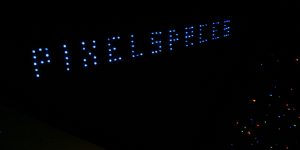Andreas Pramböck
-
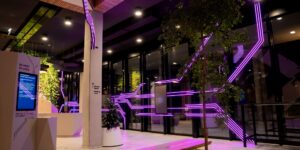
AT&S Erlebniswelt
Connect via Interactive Nervous System
Based in Austria, AT&S is a leading supplier of high-end printed circuit boards and substrates for the semiconductor industry. The company invited the Ars Electronica Futurelab to contribute to the design of the new headquarters – including the installation of an interactive “Nervous System”.
-
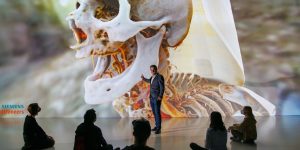
Cinematic Anatomy x Deep Space
Photorealistic Anatomy Larger Than Life in 3D
The multi-award-winning Cinematic Anatomy x Deep Space merges MRI and CTR data of real patients into photorealistic three-dimensional images of human anatomy. Organs, blood vessels, muscles, tendon, and more can be viewed larger than life as three-dimensional, razor-sharp objects from all angles.
-
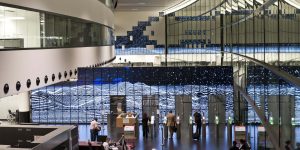
ZeitRaum
ZeitRaum (“TimeSpace”) is an interactive art installation the Ars Electronica Futurelab designed for the new terminal at Vienna International Airport. It creates real-time interpretations of arriving and departing flights.
-
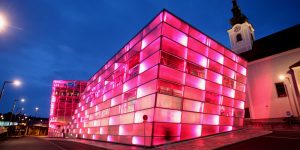
Ars Electronica Center Façade Terminal
The “Fassadenterminal” (façade terminal) was developed by the Ars Electronica Futurelab and presented to the public in 2010: It enabled artistic use of the Ars Electronica Center’s media façade, that is equipped with 38,500 LEDs.
-
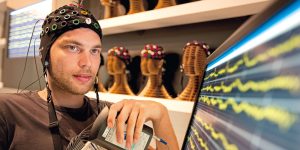
BrainLab
The heart piece of the first main exhibition “New Views of Humankind” in 2009 was constituted by four public accessible labs.
-
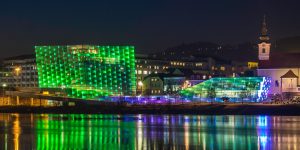
Ars Electronica Center Media Facade
Since January 2009, the Ars Electronica Center has been shining night after night. 38,500 LEDs are built into the Ars Electronica Center’s 5,100-m2 glass shell. Every one of the façade’s 1,100 glass panels thus becomes what amounts to a pixel that can be individually controlled.
-
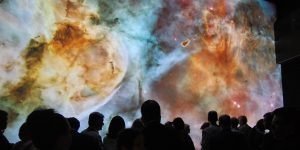
Deep Space
In 2009, the inspiring possibilities of the CAVE technology were the starting point for a new, visionary concept to expand and optimize VR technology for a broad public in the Ars Electronica Center and its constantly growing number of visitors.
